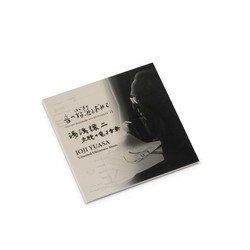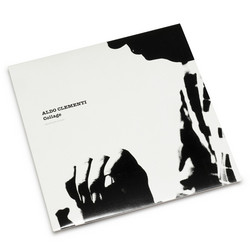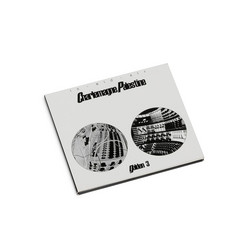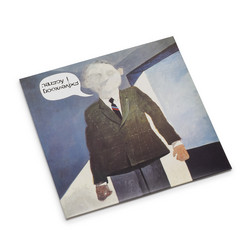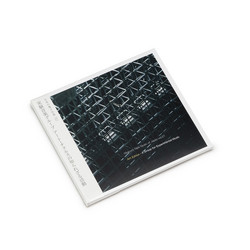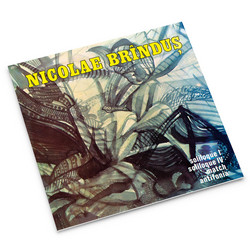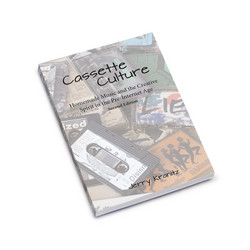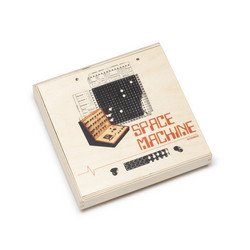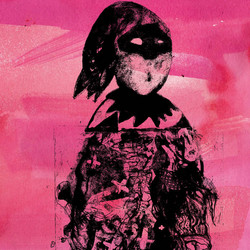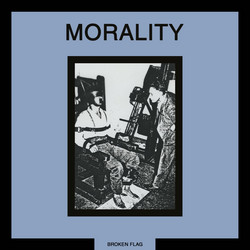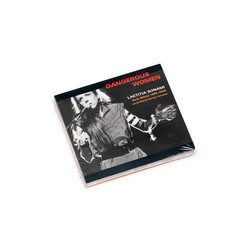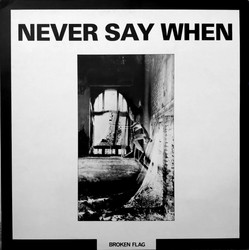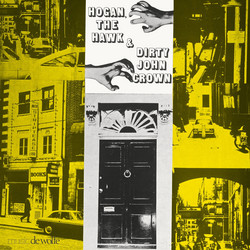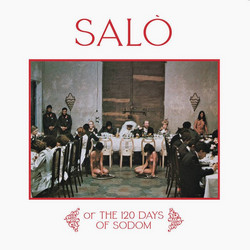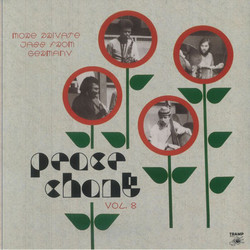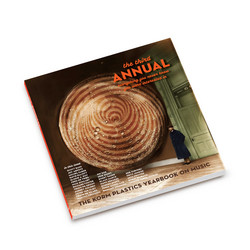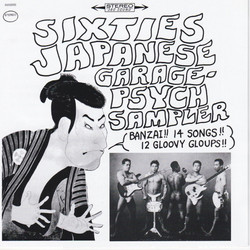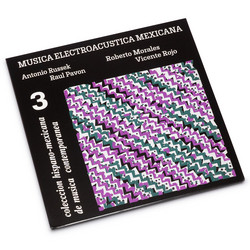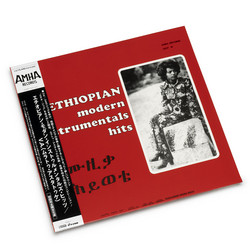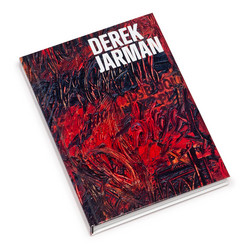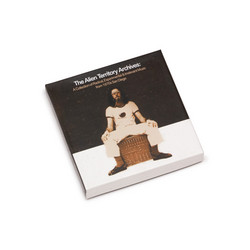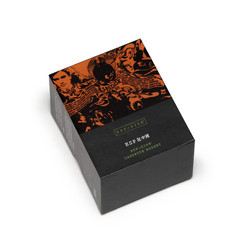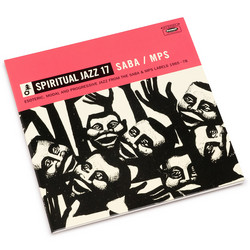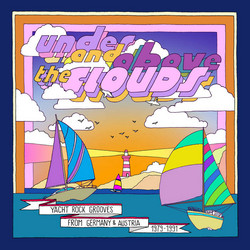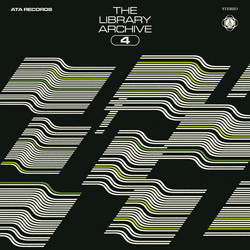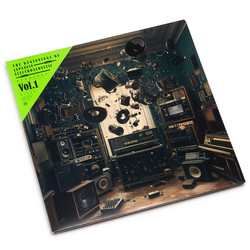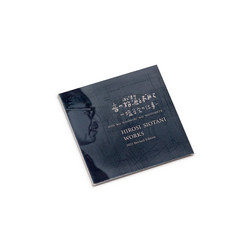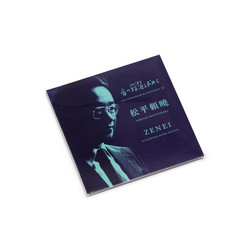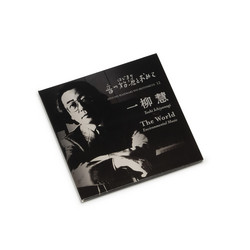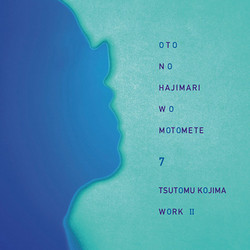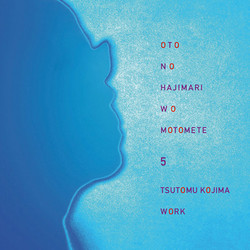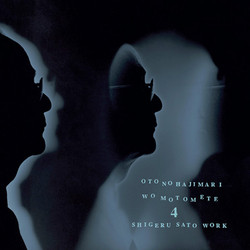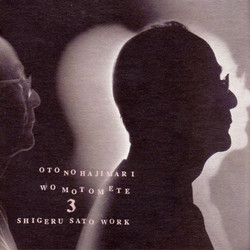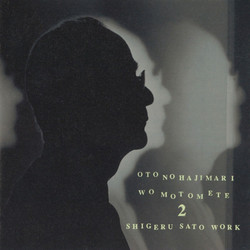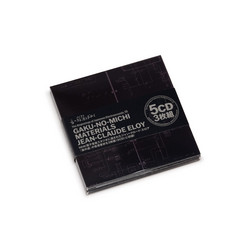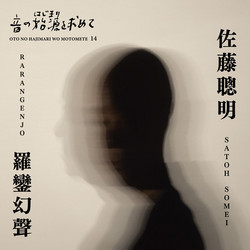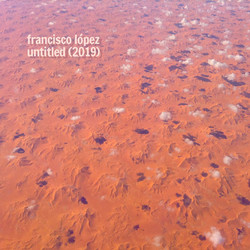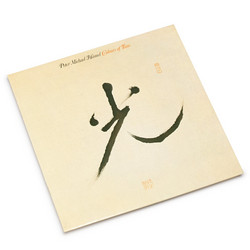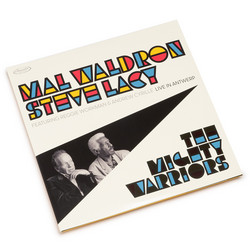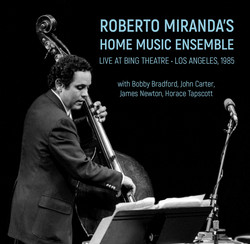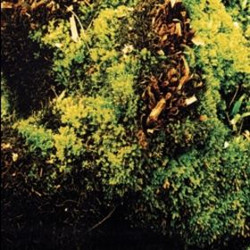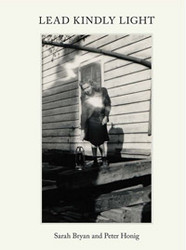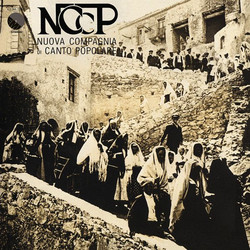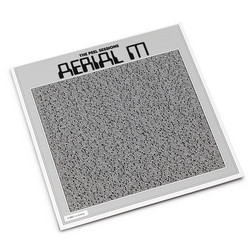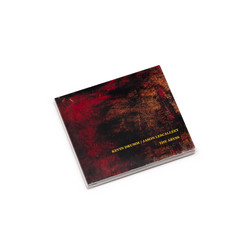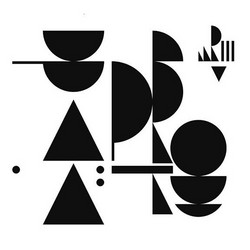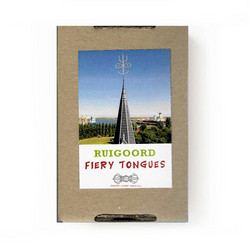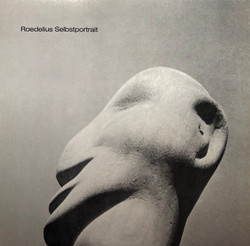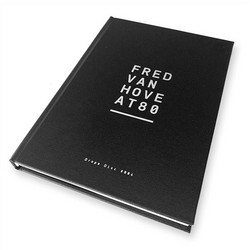Various
Oto No Hajimari Wo Motomete 6: Nishihata Shiotani Takayanagi Work
Brand new CD of this series was released just now!! Recorded at the NHK electronic music studio, Tokyo in 1955. The sixth & most recent entry into the “other” series of compilations collecting early japanese electronic music ... starting out w/ Shibata’s 1955 “musique concréte for stereophonic broadcast” (a kind of insane extended take utilizing water & machine noises ... even crowd-reaction documentation & varèse-lineage percussion-room sonics), Takemistu’s 1958 “sky, horse and death” (crystal-clear tape-speed manipulation with breaking glass, spare piano figures, and a disembodied ghost-choir), Mayuzumi’s 1959 “campanology” (sliding gong-tones & chimes), a 1960 group-composition by employees of the nhk studio (synthesis-heavy piece using varying echo/space-chambers & band-pass filtering), Matsudaira’s 1969 “assemblages” (for me the pick of the comp - endless variations on extremely noisy / ring-modulated source material ranging from group-sound to radio telemetry mixed with some crazed group-mumbling & general-purpose vocal-freakouts ... ), and Hirose’s 1971 “flora” (subdued “frozen” sounds & an electronic free-improv coda ...) - K F Whitman
- 1. “Music Concrete for 3D Broadcasting” Minao Shibata
- The work consists of a theme with percussion instruments, a first variation that capitalizes on natural sounds, a second variation mainly composed of biological sounds, and a third variation of mechanical sounds. The whole takes about 20 minutes. Neo-classic = music celiel style in which the subject rhythm serie is almost protected in each variation, but the ending of the music is a human heart sound, a sound that engraves the seconds of the clock, and an electronic sound modulated by the blink of a star It expresses finite life, infinite space-time, and the time to connect it.
2. “Sky, Horse and Death” Toru Takemitsu- In 1957 NHK Shuntaro Tanigawa made the music for the radio drama "A Man’s Death" (Billy the Kid’s story) in a music concrete, and the next 58 years, this was called "Sky, Horse and Death" Restructured. Although it is a short work of about 3 minutes and 20 seconds, the “sky” that symbolizes nature, the “horse” that reflects the youthfulness of the hero and the mood of the western United States, and the “death” that expresses a sense of emptiness are beautiful.
- 3. “Campanology for Electronic Music” Toshiro Mayuzumi
- This work was produced as a media mix music using concrete sound and electronic sound, using the sound of the bell and the sound of electronically processed sound and the sound of electronic bell.
- 4. “Electronic music for 3D broadcasting” Electronic music studio staff
- It is a 3D broadcast using the first and second radio broadcasts, and was created to confirm the sense of spread, movement, localization, sound image width, etc. of electronic music. Various experiments were necessary to express a three-dimensional feeling with a monotone of electronic sound. At that time, the acoustic theory also stated that there was no relationship between how sounds were heard and phase changes.
- 5. “Assemblages for Tapes” Yoriaki Matsudaira
- A “photoformer” was used to oscillate a free waveform sound by pasting a paper with a figure cut out of a free waveform in front of a cathode ray tube and tracing the waveform with a cathode ray.
- 6. “Flora 1971” Ryohei Hirose
- Many clicks were used to express the life of plants musically. A click sound envelope generator = click generator that can freely control the rise time, duration, and convergence time of the click for that sound was born.
Recorded at the NHK electronic music studio, Tokyo in 1955 (tr.1), 1958 (tr.2), 1959 (tr.3), 1960 (tr.4), 1968 (tr.5), and 1970 (tr.6).
Includes 12-page booklet with liner notes, credits and chronologies in Japanese.
